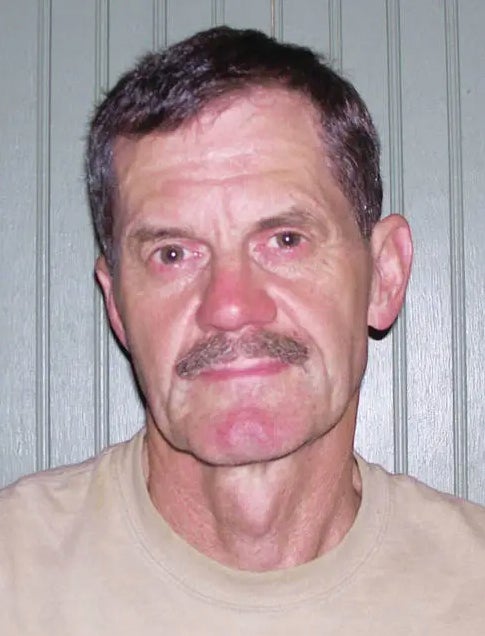Our View: Trainings are essential for community safety
Published 10:22 am Thursday, January 24, 2019
Firefighters from Clark County Fire Department and other agencies from around Central Kentucky took advantage of frigid temperatures this week to prepare for a high-risk rescue scenario.
As temperatures crept above freezing for the first time in days, about two dozen firefighters were hanging on to every scrap of ice they could.
For three years, CCFD has hosted ice rescue classes to train firefighters how to respond to emergencies that involve ice and frozen bodies of water.
Firefighters practiced a number of scenarios, including rescuing themselves and rescuing others, whether going on the ice themselves or in an inflatable boat.
Technical rescue skills has been a growing need for fire departments as they work to diversify and prepare to respond to any kind of call.
Ice rescues are considered low-volume, high-risk rescues. The department doesn’t respond to many, but when they do, the situation can be fatal for the patient and dangerous for responders.
Firefighters and victims run the risk of hypothermia, and someone who falls into water at extremely low temperatures has only about 15 to 30 minutes before it becomes fatal.
The Clark County Fire Department trains in a number of rescue methods. In addition to the ice rescue, there are classes on trench rescue, high-angle rope rescue, swift water rescue, confined space rescue, large animal rescue farm rescue and even cave rescue.
Ice training is important in rural areas like Clark County where farmers might find their livestock trapped in frozen water.
Clark County firefighter Lon Gordon, a certified instructor in the department, said they have already responded to three special rescues in 2019. Two of those were large animal rescues.
While these call are rare, it’s comforting knowing our local fire departments take the necessary steps to be prepared for these scenarios.
We thank CCFD for hosting these training sessions whenever possible to ensure our community remains as safe as possible.




